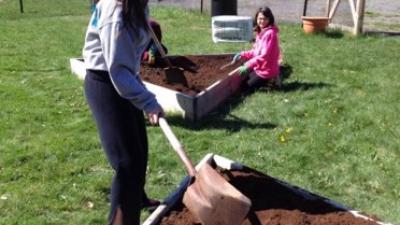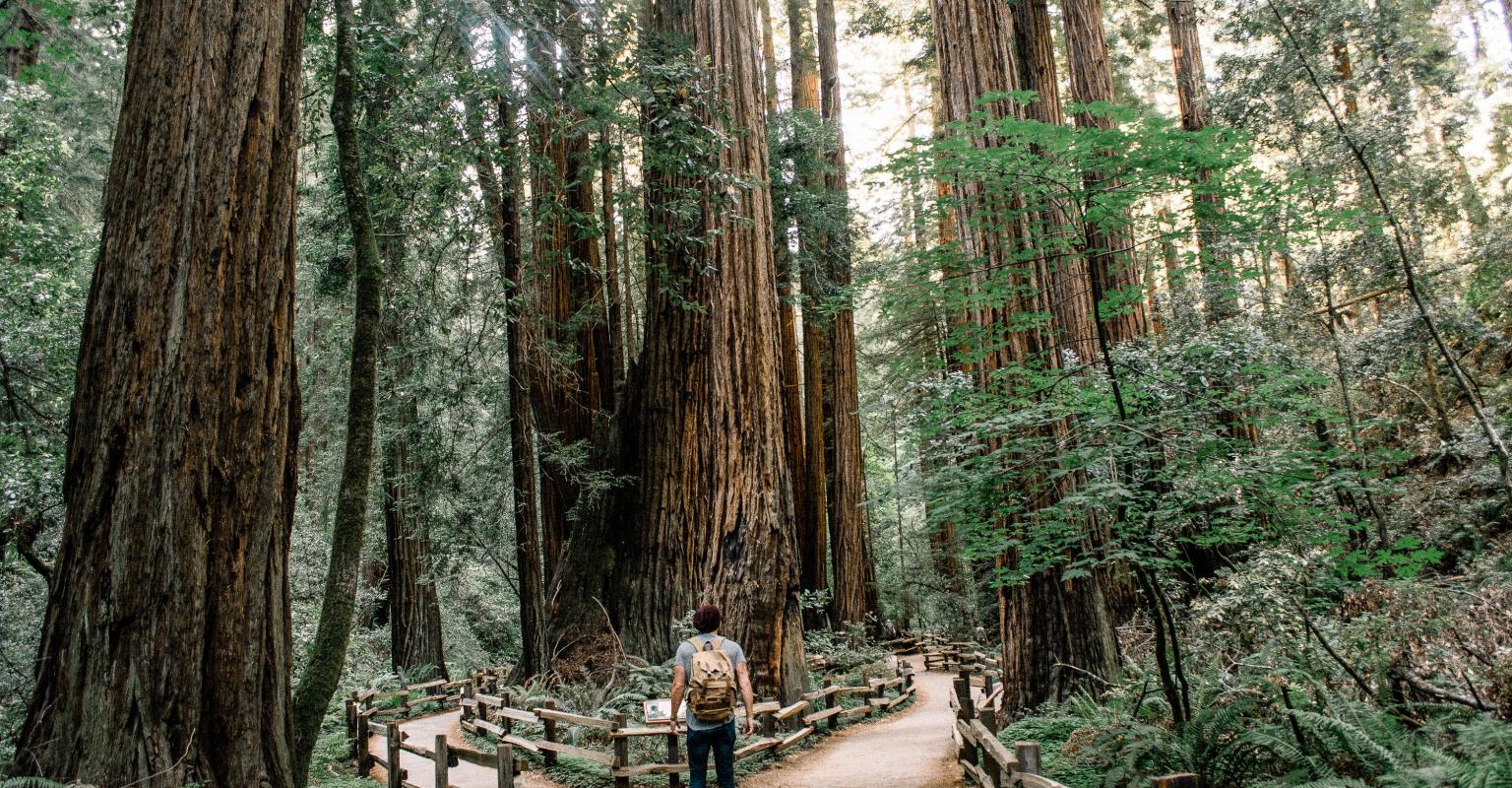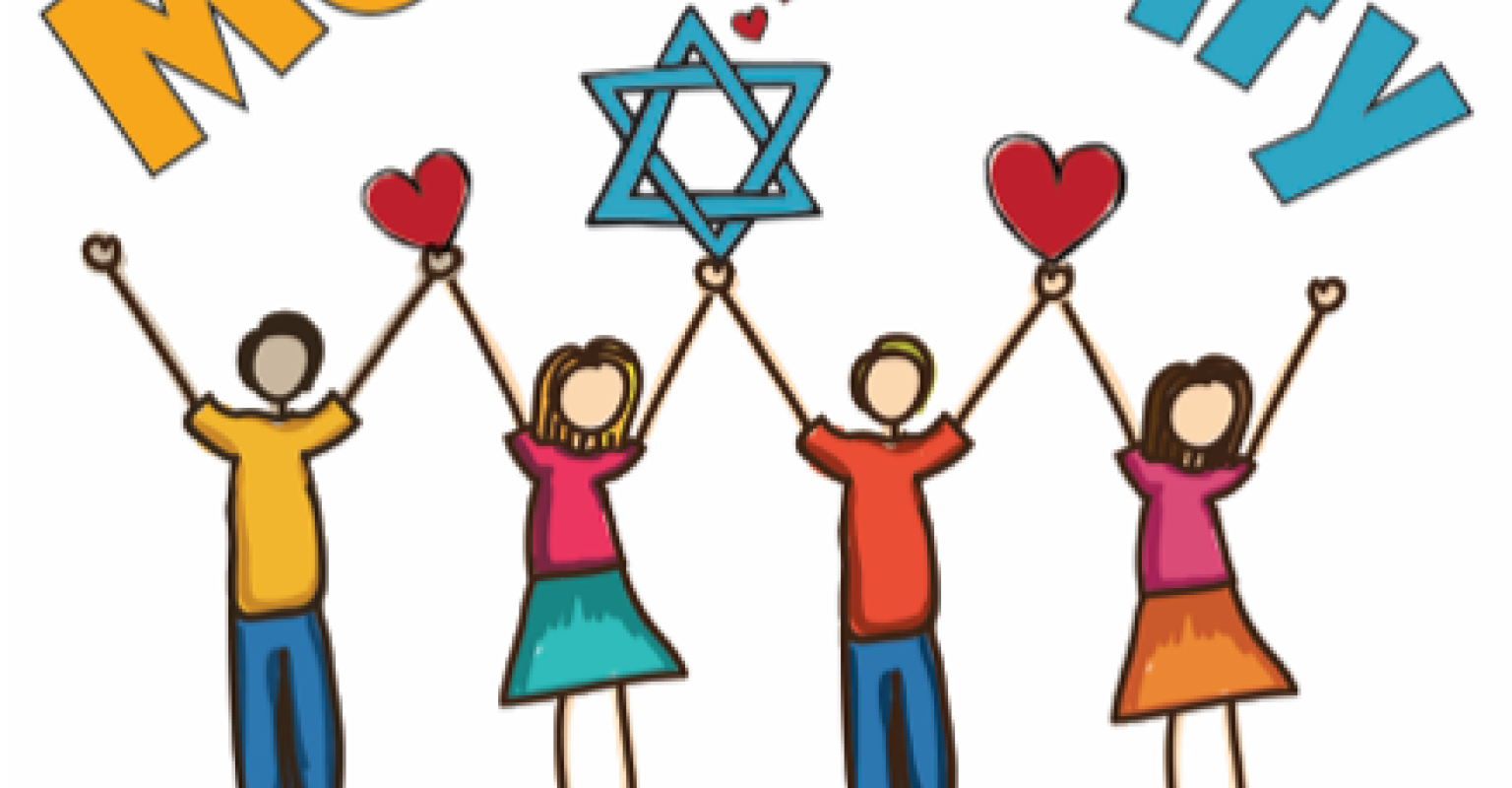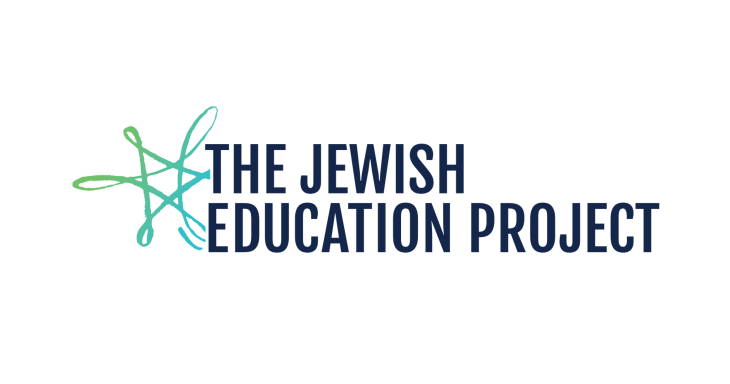Choice-Based Model: Mesorah - Choosing Your Commitment
Congregation Kol Ami White Plains, NY

Model Summary:
Mesorah (tradition) is a choice-based model for 7th-12th graders designed to engage students with meaningful learning and honor their busy schedules. All students attend Wednesday evenings for community building, tefilah (prayer) and CORE learning. In addition, students choose from a wide menu of electives. Electives speak to the personal interests of middle and high school students and have included: yoga and Jewish Text, Crafting Godward, Madrichim in Training, Community Garden, and Shabbat Greeters. Each elective is offered numerous times during the week to accommodate student interests and schedules.
Who are the Learners?
-
The learners are enrolled in religious school students in grades 7-12 and sometimes their families based on which electives are chosen.
-
Class size is limited only when necessary to have the most positive learning experience possible.
Who are the Educators/Learning Facilitators?
-
They are members of the senior staff, school faculty, and experts from outside of the immediate community who are passionate about a particular content area they teach.
-
Examples of outside experts include educators from Teva (“Teva works to fundamentally transform Jewish education through experiential learning that fosters Jewish, ecological, and food sustainability.” See http://hazon.org/teva/) and Areyvut (“Areyvut's mission is to infuse the lives of Jewish youth and teens with the core Jewish values of chesed (kindness), tzedakah (charity), and tikkun olam (social action), so that they become thoughtful, giving members of the Jewish community of tomorrow.” See https://www.areyvut.org/about/history/).
When Does the Learning Happen?
-
Various times throughout the week with a CORE day of learning on Wednesday evenings that includes dinner, tefilah and a core curriculum class with topics that vary by grade
-
Choices include pre-scheduled opportunities for learning at various times of the day on various days of the week to try to include as many learners as possible.
Where Does the Learning Happen?
Anywhere! Both on-site and in and around the community.
What is the Learning? How is it designed?
-
Hands-on, experiential, project-based learning…everything from Shabbat Service Greeters to Judaism and Nature to Crafting Godward to Jewish Film
What Were You Trying to Achieve with this Model?
-
To do a better job engaging the learners both pre- and post b’nai mitzvah. By engaging them pre-, Kol Ami shifts the experience through the whole process so that learners are coming out of it more engaged and excited about continuing their learning. For post b’nai mitzvah, Kol Ami changed from a typical high school classroom model into Jewish lifelong learning across various topic areas and modalities.
-
Mesorah is designed for families to recognize that Jewish learning happens in other ways and places besides the sanctuary and classroom.
-
The initial stakeholders were incoming 7th graders, their families and educators involved in planning and imagining the model.
Key First Steps and Recruitment Plan:
-
The new model was communicated by letters that were sent home as well as in an open community meeting.
-
Since every 7th-12th grader is in this model it didn’t need a recruitment plan per se. In the fall, the 7th graders, and their families attend a community orientation that allows the parents to share their hopes and dreams for their children as well as give them a chance to learn about the model and hear from the teaching staff. Students also have a chance to sign up that evening for the learning choices that are of most interest to them and fit in their weekly schedules.
-
The community now knows what to expect and Mesorah is talked up to the 6th graders as something exciting as they continue their education into 7th grade and beyond.
-
The success of the model is often shared through connection articles for the community and the stories the students share.
Role of Governance and Clergy:
Clergy act as passionate instructors in content areas that speak to them.
Budget:
-
The Mesorah model is part of the religious school budget as a whole; it is the only model for the 7th to 12th graders.
-
Teachers in the Mesorah model are paid approximately $1000 for a 6-session (average 2 hrs/session) course.
Hiring Needs:
Ideal educators are individuals who are experts in an area of Jewish learning and have a desire to share themselves as a resource for that learning.
Relationship of Model to Congregational Learning System:
Kol Ami kept what was good about an existing choice model and expanded it to be a total choice model. The model opened the congregation up to thinking about different innovative models for every grade.
How Do You Describe Your Congregation?
-
Reform, 800 families, rabbinic partnership model, 430 students in Religious School, 2 full time education staff, 35 part-time teachers in the whole religious school.
-
Congregation Kol Ami develops educational experiences that are in-line with their educational vision: “We, the members of Congregation Kol Ami, envision a school wherein our students will express joy for their Jewish roots, value in their Jewish education, and identify positively with the Jewish people. Our graduates will have a basic knowledge of Hebrew reading and understand the importance of Hebrew as both a modern and Biblical language. Our youth will feel that the Bible is their history and their heritage. They will fulfill the true meaning of Yisrael, God-wrestlers, and will have struggled with the image and role of God in our history and our world today. We wish for our students that their education will provide them with an appreciation of all our holidays, prayers, and the practice of those rituals that give their lives a sense of meaning. We further envision a school that inspires our graduates to engage in lifelong Jewish learning, embrace Jewish values, involve themselves in Jewish life and perform acts of Tikkun Olam, repairing the world. And, finally, we hope that they create their own Jewish families, which, in turn, will continue to fulfill our vision and perpetuate the Jewish people.”
Supplementary Materials Include:
- Models-In-Action
- After School and Beyond
- Congregational Learning
- Teen Engagement
- Educator Training
Discover more

In Choice-Based Learning Models congregations establish a set of broad learning requirements and opportunities for fulfilling them.

Mensch-ify is an alternative learning program that is held twice a month for families with children in Pre-K to 6th grade. It is a developmentally appropriate program, built upon the parent-child co-learning experience, that combines stories, songs, art, movement, and play to provide families with the tools they need to live a Jewish life that works for them.

Peninsula Temple Beth El (PTBE), San Mateo, CA. Families in small groups with similar age kids begin learning together, move into separate groups for parallel study and then come back together for a family activity followed by participation in Shabbat worship.
